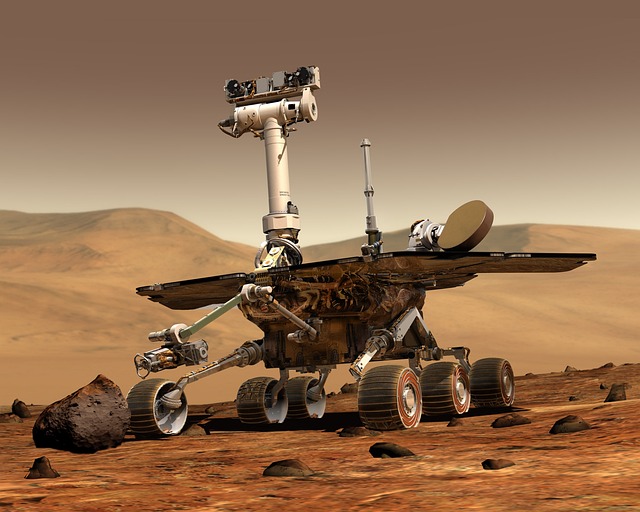Unleashing the Power of Evolutionary Algorithms for Transformative Learning
The quest for effective learning strategies has led educators and learners alike to seek innovative methods that can adapt and evolve. Among these, evolutionary algorithms have emerged as a powerful tool that mirrors natural selection, offering unique and transformative solutions in the realm of education. These algorithms, inspired by biological evolution, possess the potential to revolutionize how we approach learning, making it more dynamic and personalized.
What Are Evolutionary Algorithms?
At their core, evolutionary algorithms are optimization techniques that simulate the process of natural evolution. They rely on mechanisms such as selection, crossover, mutation, and inheritance to solve complex problems. By iterating through generations of solutions, these algorithms intelligently converge towards optimal results. This method is not only effective in solving mathematical puzzles but can also be adapted to enhance learning experiences.
Transformative Learning with Evolutionary Algorithms
Imagine a classroom where each student’s learning path is uniquely tailored, dynamically adjusting to their strengths and weaknesses. Evolutionary algorithms facilitate this personalized learning journey by analyzing individual progress and preferences, allowing educational content to evolve in real-time. Here’s how they can transform learning:
- Adaptive Learning Systems: These systems leverage evolutionary algorithms to continuously adapt educational materials based on student performance. As learners engage with content, the algorithms assess their understanding, providing customized resources that cater to their evolving needs.
- Optimized Problem Solving: In fields like mathematics and engineering, evolutionary algorithms can guide students in problem-solving. By encouraging exploration and experimentation, students can discover multiple pathways to a solution, mirroring the iterative nature of learning itself.
- Collaborative Learning Environments: These algorithms can be utilized to form dynamic groups based on learners’ skill sets and collaborative potential. By optimizing team compositions, students can enhance their learning through peer interaction, creating a rich educational ecosystem.
The Emotional Connection to Learning
Learning is not just a cognitive process; it is deeply emotional. The sense of progression and achievement is what fuels our desire to know more. By harnessing the capabilities of evolutionary algorithms, educators can create environments where students experience a profound sense of growth. Each adaptive shift in their learning journey provides a feeling of sincerity and self-efficacy, empowering them to tackle challenges with confidence.
Challenges and Future Directions
While the potential of evolutionary algorithms for transformative learning is immense, there are challenges to consider. The complexity of implementation in educational settings requires a thoughtful approach, ensuring that these algorithms are applied ethically and effectively. As technology continues to advance, the integration of human-centered design principles will be crucial in creating solutions that are accessible and impactful for all learners.
In a world that constantly evolves, embracing tools like evolutionary algorithms can redefine our educational landscapes, making learning not only more efficient but profoundly more meaningful. As we unlock their potential, we step closer to a future where every learner’s journey is personalized, adaptive, and transformative.




